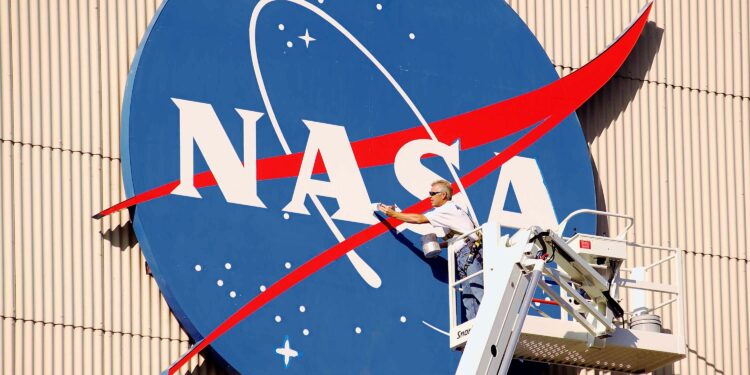A Washington woman with extensive Mars mission experience has been chosen for NASA’s 2025 astronaut candidate class, bringing her 17 years of planetary science expertise to the space agency’s human spaceflight program.
The candidate, who considers Sammamish her hometown despite being born in Washington, D.C., currently serves as deputy principal investigator for the Artemis III Geology Team, helping establish lunar science objectives and geology activities for NASA’s planned return to the Moon.
A Skyline High School graduate, she earned her bachelor’s degree in Earth sciences from Dartmouth College in 2007, followed by a master’s degree in 2009 and doctorate in geology in 2013 from the California Institute of Technology.
Her professional experience includes work at the U.S. Geological Survey’s Astrogeology Science Center in Flagstaff, Arizona, where she conducted field research in extreme environments including Iceland, New Mexico, and Antarctica to prepare for future human missions to the Moon and Mars.
The astronaut candidate’s NASA involvement began during her undergraduate years through internships and expanded to include years of operational support for the Mars Science Laboratory and Mars Exploration Rovers missions.
Her selection reflects NASA’s emphasis on recruiting candidates with specialized scientific backgrounds relevant to the agency’s deep space exploration goals. The Artemis program aims to establish a sustainable human presence on the Moon as a stepping stone to eventual Mars missions.
Field research in analog environments has become increasingly important for astronaut training, as locations like Antarctica and Iceland provide conditions similar to those astronauts will encounter on other planetary bodies.
The 2025 astronaut candidate class continues NASA’s tradition of selecting individuals with diverse scientific and technical backgrounds to support both International Space Station operations and future lunar missions.
Washington state’s aerospace industry and research institutions have contributed multiple astronauts to NASA’s program over the decades, reflecting the region’s strong connections to space exploration and technology development.
The candidate’s geology expertise will prove valuable for lunar surface operations, where astronauts will collect samples and conduct scientific investigations during extended stays on the Moon’s surface.
NASA astronaut candidates undergo approximately two years of basic training before becoming eligible for flight assignments, including International Space Station missions and future Artemis lunar missions.







